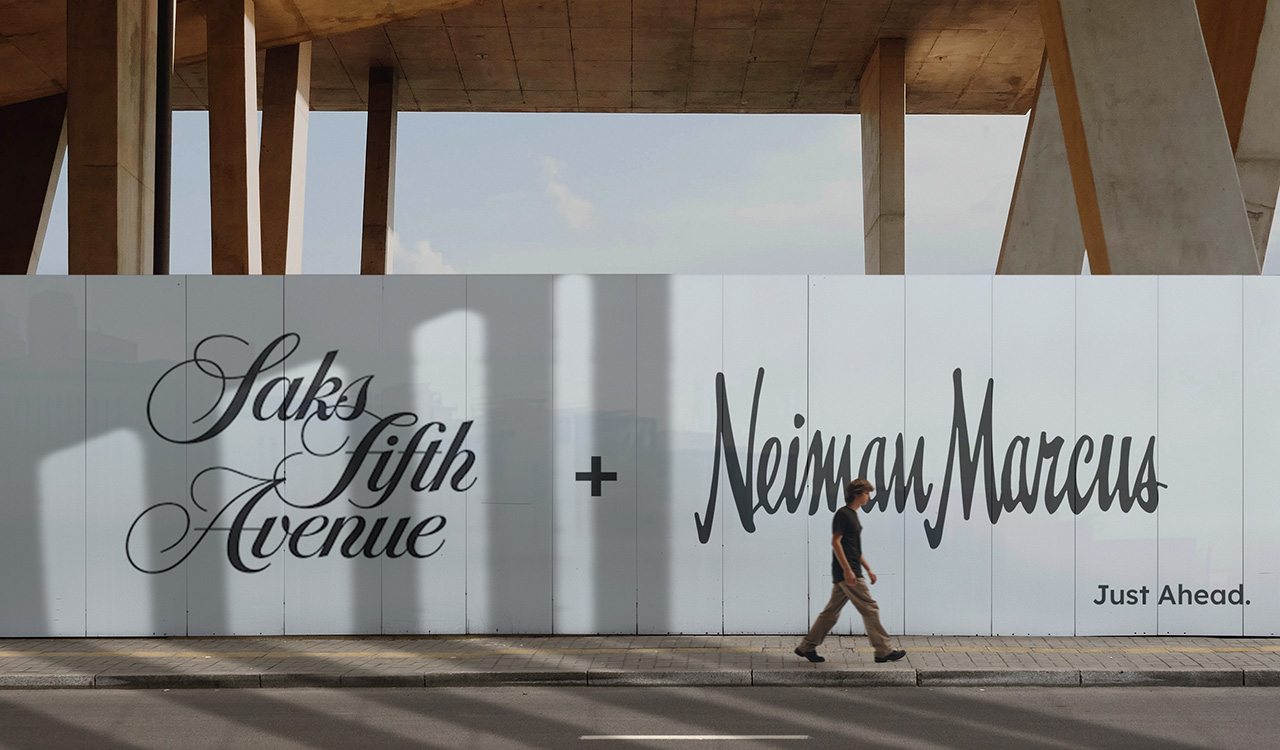Business continuity planning alone is not enough to survive a global pandemic. There is no amount of planning that could have prepared retailers for what has transpired over the past several months. This is especially true for retailers and brands which distribute exclusively in the U.S. where a significant percentage of revenue was abruptly cut off when stores closed. The coronavirus enveloped the country in one quick, fell swoop, especially disrupting retailers which began the year on a strong footing, building on solid performances from 2019. Ironically, many retailers have been listing pandemics in their annual reports for years as possible risks to earnings. Since this is the case, why weren\’t they more prepared for this event?
Managing Risk
A global pandemic such as coronavirus brings numerous uncertainties. Covid-19 impacted the world on three simultaneous fronts — people, environments and economies – which made it very complex for companies to respond in timely and effective ways. There is no pandemic playbook for quick and decisive solutions, however they do rely heavily on strong, visionary leadership. Preparing theoretically for what might unfold and reacting to what actually happens can be quite different. Retailers had to learn on the fly, then respond and react accordingly since market factors changed daily; adaptability and resilience were key.
[callout]While many retailers were caught off guard by the pandemic, there is one thing that’s true about the industry: It‘s full of bright, innovative and resilient people who can rise to the challenge.[/callout]
And while many retailers were caught off guard by the pandemic, there is one thing that\’s true about the industry: It\’s full of bright, innovative and resilient people who can rise to the challenge. For example, Nordstrom, Target, PVH and Macy\’s include the serious potential for this type of disruption in their annual reports. When they were actually hit with the reality of the 2020 pandemic, their successful strategies varied greatly.
Three Case Studies: Target, Nordstrom and PVH
- Target is an essential retailer and was quick to adapt to the changing environment, CDC safety practices and government mandates. Ironically, ten years ago the company did not believe in a digital strategy, yet this channel helped the company significantly when coronavirus hit the U.S. market where 100 percent of its stores are located. For Target, named a 2020 Robin Report Retail Radical, developing curbside pickup last year was instrumental in providing customers access to products. Approximately 40 percent of the 5 million customers who used drive-up in Q1 2020 were new to Target and they adapted quickly to the format. The digital infrastructure put in place over the past few years allowed the company to increase online sales by 140 percent for Q1, according to its annual report. Part of the success for Target during the pandemic was having employees with enough agility to make changes to product mix based on customer demand. Although Target couldn\’t have anticipated the surge in demand over the past six weeks, stores, distribution centers and their suppliers rose to the occasion and pivoted quickly and repeatedly to keep products in stock.
- Nordstrom, a heritage brand with all of its stores in the U.S. and a nonessential retailer, had a different approach. The company kept stores closed for the duration of the shutdown and relied on its digital online business to help fulfill customer orders. The company had already rolled out a successful buy-online/pick-up-in-store model and was quick to transform to curbside pickup. The challenge with Nordstrom as principally a fashion business was the lack of inventory movement once stores closed. The company was very quick to react to inventory levels, canceling many orders and working with suppliers to minimize shipment of goods. For Nordstrom Rack, receipts were canceled to take better advantage of the influx of goods from the full-line stores. By putting off receipts into stores in April and May, Nordstrom could bring in new goods in June as stores reopen offering current seasonal merchandise. The company also moved its traditional July anniversary sale to August, which would allow for better product curation and a higher chance of more customers shopping in-store.
- PVH has a more complex business model including wholesale, retail, DTC, licensing and franchising. It also has a highly dispersed distribution model where 57 percent of the revenue is outside the U.S. market. PVH was able to learn real-time as the pandemic swept through various countries. Stores in China closed early but revenue from other countries where stores were still open eased the burden. Learnings from the China market were applied to other markets as they closed. As the pandemic rolled out across the world, when the U.S. closed stores, China reopened. The company quickly canceled non-critical Capex projects, made decisions about inventory holdings including pack-and-hold and worked with partners to delay fall inventory orders. PVH\’s philosophy facing such uncertainty in the retail environment was to have less inventory upfront and replenish it later if the business warranted. This smart strategy avoided holding an abundance of inventory that was likely to lead to a pile of markdowns and merchandise that could not be moved.
Kroger Collaborates
Some companies that may not have discussed the specific risk factor of pandemics in annual reports have business models that provided opportunities to respond and react nimbly. Kroger is a great example of being proactive. As early as this February, management activated a coronavirus task force to prepare for the pandemic. With 2800 stores, 35 manufacturing plants and 44 distribution centers (all in the U.S.), leadership at the company had to quickly develop a sustainable plan to remain open as an essential retailer. By working with counterparts in other countries and through a global network of grocery leaders, Kroger quickly adapted to the new market conditions. Even more impressive, Kroger was willing to share its new-found expertise with other companies.
Ulta Beauty Rebounds
Two common threads shared by companies moving up and out of the 2020 Q1 revenue drop are exceptional focus and strong leadership. Another important driver of success is genuine concern about the well-being of employees and customers; every company needs to demonstrate a true commitment to these stakeholders. Mary Dillon, CEO of Ulta Beauty, another 2020 Robin Report Retail Radical, managed her business throughout the crisis as a strong, empathetic leader. Constantly focused on the health and well-being of employees and customers, she always opens her earnings calls with a thank you to the teams. Ulta Beauty came off a strong 2019 with sales up over 10 percent and was able to adapt quickly to the changing environment in 2020 Q1. High customer demand required Ulta teams to pivot quickly. By the third week of April over 70 stores offered curbside pickup. The company focused on protecting liquidity to ensure better financial resources for the upcoming quarters and led the industry in making many donations to healthcare providers and other first responders.
A Winning Formula
The formula to survive and recover from a global pandemic is a strong, functional organization with clear leadership vision, a unique value proposition and solid business strategy (with an emphasis on flexibility). For companies that have struggled over the past few years with one or more of these factors, the future does not look bright. J.C. Penney, J. Crew and Pier 1 Imports did not fail because of Covid-19; they were dysfunctional organizations before the pandemic hit, which has made full recovery doubtful. Other companies on the edge that need significant overhauls include Gap, Bed, Bath & Beyond, Victoria\’s Secret and Ascena.
Continuity Planning
Companies that are poised to successfully emerge from the pandemic have taken strong, decisive action before, during and emerging from the pandemic to stay ahead of their competitors. Business continuity planning helps companies navigate through difficult times and provides a framework for survival. However, there is no type of emergency preparedness or continuity planning that can provide a fully vetted playbook. There are too many uncertainties, too many factors and too much that is based on the current environment, economy and consumer sentiment. Retailers should plan ahead to mitigate risk and be prepared with a business continuity plan, supported by a strong cohesive organization. Courageous leadership, a nimble and agile team that is engaged in the company ethos, and collaboration across industries all drive sustained success, in good times and bad.




